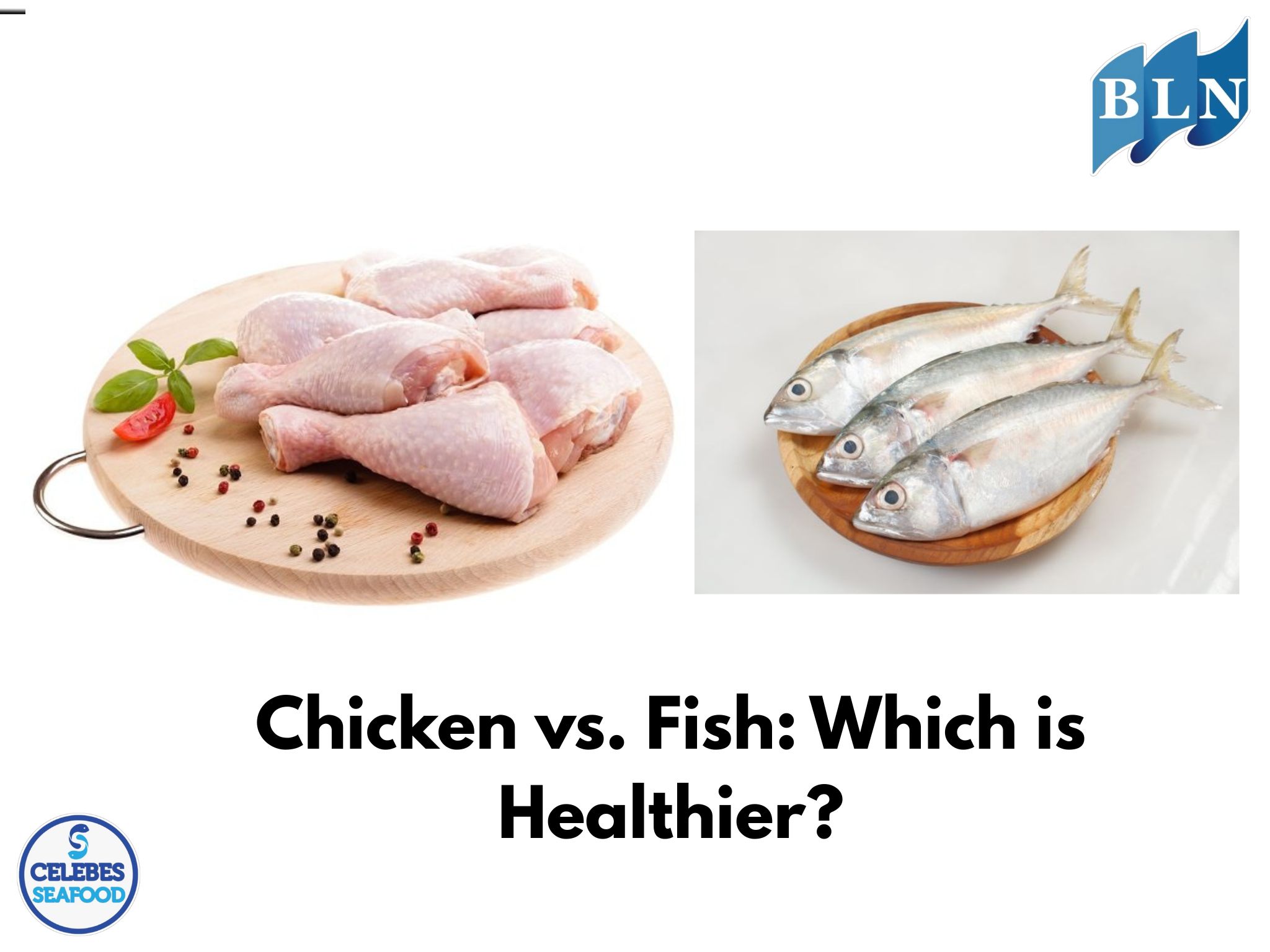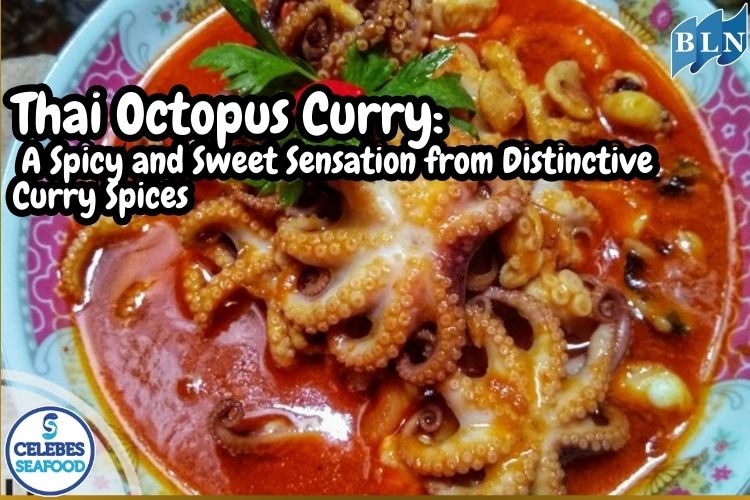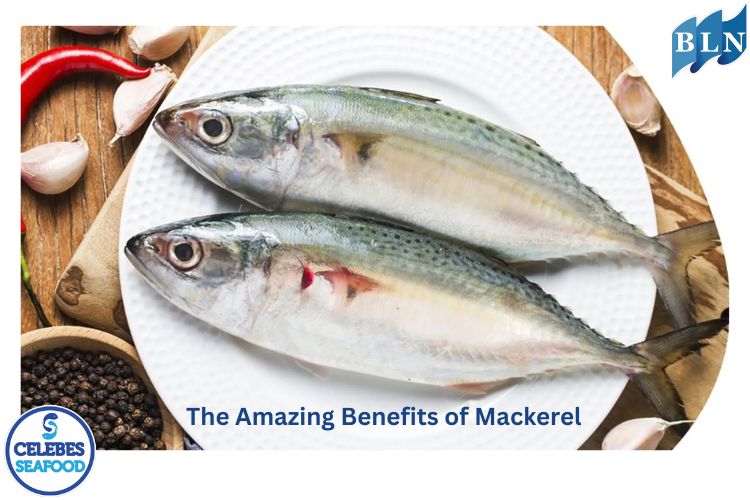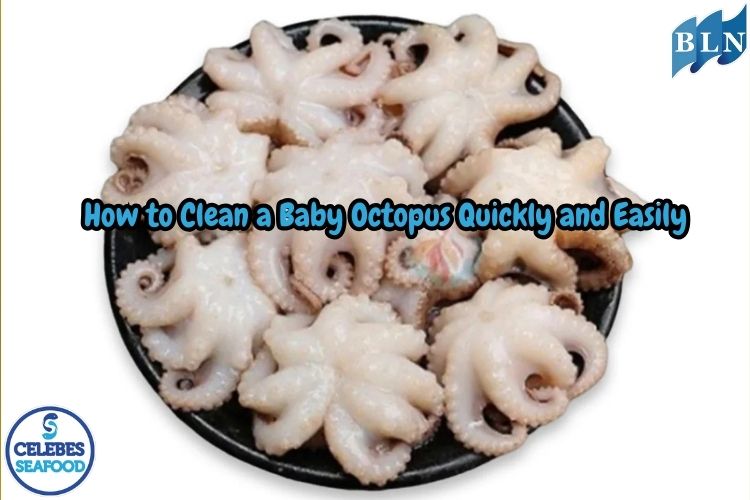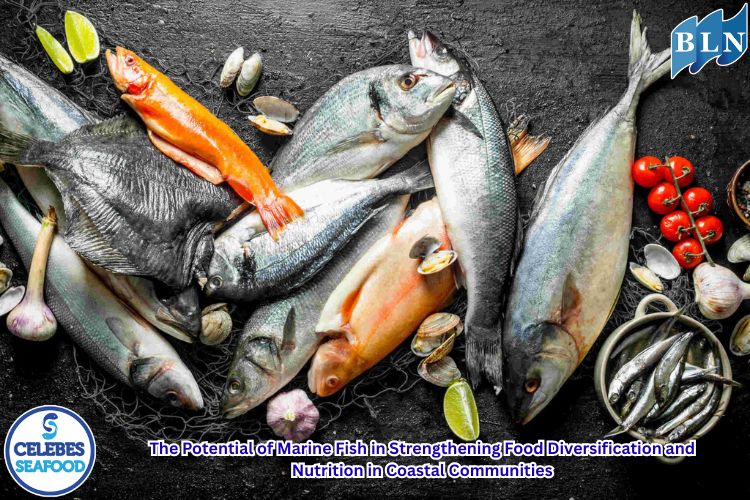Pelagic and Demersal Fish, the Mainstay of the Sea Fisheries Supply
By. Rani - 12 Aug 2025
lautnusantara.com Traditionally, consumers have only distinguished fish based on their aquatic habitat: freshwater, brackish, or saltwater. If asked about pelagic or demersal species, many are unfamiliar with this classification. However, the largest export market in the fisheries supply comes from these two types of fish.
In contrast, those in the large-scale fisheries industry are very familiar with the characteristics and differences between pelagic and demersal fish. The classification of pelagic and demersal fish is applied to saltwater species based on their habitat.
1. Definitions of Pelagic and Demersal Fish
-
Pelagic fish are species that live near the surface of the water and live in schools.
-
Demersal fish are species that live on the seafloor, which is typically muddy, sandy, and rocky.
Pelagic fish are further classified based on their size: small pelagic and large pelagic fish. In contrast to the pelagic type, Syahrizal Siregar, Aruna's Business Operations Officer, states, "The classification of demersal fish is based on more complex characteristics like specific gravity and swimming ability, namely benthic and bentho-pelagic. As an integrated fisheries commerce company, Aruna also wants these pelagic and demersal fish classifications to become more familiar to the general public."
2. Differences Between Pelagic and Demersal Fish
-
Individual vs. Schooling
The most distinguishing characteristic is their way of life. Pelagic fish live in groups or schools, while demersal species tend to live individually.
-
Oil Content
Demersal fish only have an oil content of 1-4% of their total body weight. Conversely, pelagic fish can have up to 30% oil, which is why demersal fish are considered "white-flesh" fish.
3. The Mainstay Commodities of the Fisheries Supply from Pelagic and Demersal Fish
Both pelagic and demersal fish found in Indonesian waters are key commodities in the fisheries sector, for both domestic and international markets. Some examples include:
-
Pelagic fish: Skipjack, tuna, mackerel tuna, Indian mackerel, anchovy
-
Demersal fish: Trevally, grouper, milkfish, pomfret, red snapper
The general public is likely familiar with and consumes the fish listed above. Syahrizal says, "Not just within the Aruna ecosystem, but generally speaking, the most popular and widely available species from these two categories are skipjack tuna from the pelagic group and grouper from the demersal group."
4. While Economically Valuable, Fish Conservation Must Be Maintained
Pelagic and demersal fish from these two classifications have long been commercially harvested to supply the fisheries supply and serve as a main dish in restaurants and homes. For this reason, the habitats of these two types of fish must be monitored to prevent overfishing, which can lead to environmental damage and a drastic reduction in their availability.
Aruna, as a fisheries company that prioritizes sustainable fisheries concepts, continues to work with fishing communities to ensure that fish and their habitats are well-maintained and that fishing methods do not harm the environment. "The increasing number of Aruna Hubs across various coastal regions of the Indonesian archipelago proves that implementing sustainable fishing methods can improve fishermen's livelihoods both in terms of understanding and economics," says Syahrizal when asked about one of the steps Aruna is taking to implement sustainable fisheries.
In addition to successfully opening up much wider market access for local fishing communities to meet fisheries supply needs, many fisheries companies, through their ecosystems, are also taking action to ensure that the economy and ecology can work together. Aruna is an example of a fisheries company that encourages its member fishermen to actively help preserve the health of aquatic habitats.
If you are interested in our Red Emperor Fillet Skin On, Red Snapper Fillet Skin On please do not hesitate to contact us through email and/or whatsapp.
